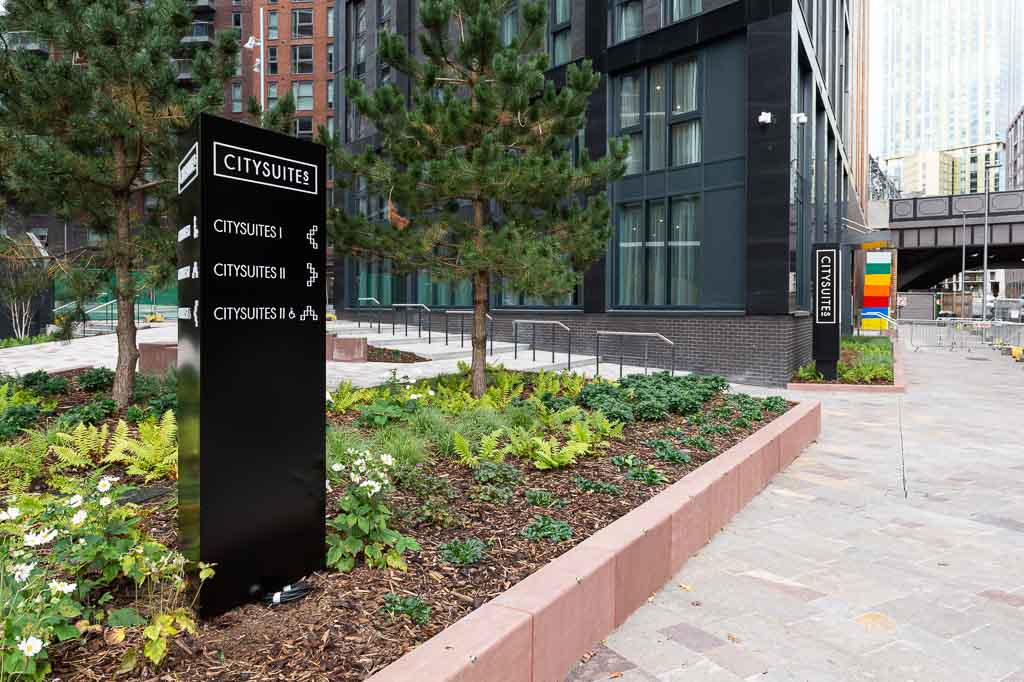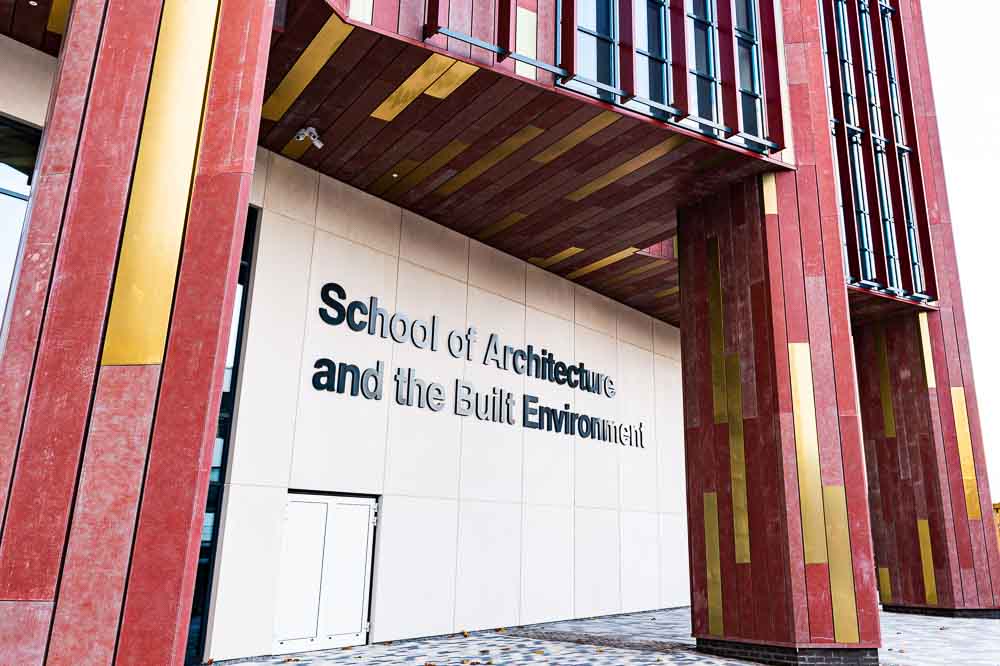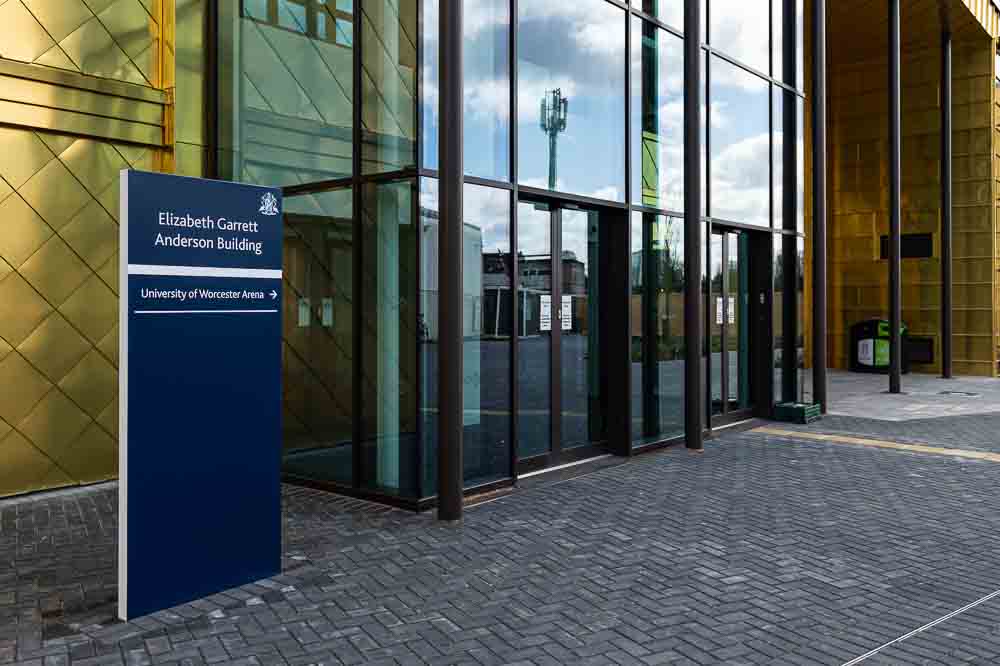The concept of sustainability is about meeting the needs of the present, without compromising the needs of the future. As more initiatives and laws are being brought in to reduce carbon emissions and combat pollution, sustainability too, has become a priority.
The growing concern consumers have on our planet’s welfare is reflected through their brand choices and purchases. Businesses who are embracing sustainability as vital, are making decisions that echo that commitment, including who they conduct their business with. Being truly sustainable involves the whole supply chain.
Architectural signage plays a significant role in the construction industry and as global construction is predicted to grow, sustainable architectural signage can grow with it.
What is sustainability in architecture?
Sustainable architecture in general, uses clever design and planning to make the most ecological and environmentally friendly choices for the long-term good.
Architects who work on sustainable architecture take energy and water efficiency into account. Passive design strategies that use the natural landscape or elements, to reduce energy needs, are combined with responsible land selection, so there is less need for mechanical systems.
Sustainable architecture looks at the whole life cycle of a building; from the origin of materials, to how they can be recycled or reused when the building is no longer needed. When discussing a new building, businesses will be recommended that they instead look at renovating existing spaces as a sustainable alternative. Sustainable architecture also includes assessing the social impact of building by taking the needs of the local community into account.


How does sustainable architecture relate to architectural signage?
In the paragraph above, we’ve laid out some of the ways to ensure new buildings and spaces are sustainable:
- Planning energy and water efficiency
- Using passive design strategies
- Choosing land responsibly
- Taking the building’s whole lifecycle into consideration
- Looking at alternatives to building new from scratch
- Checking the health, safety and wellbeing of the local community will not be impacted
Not all of these will apply to the designers and manufacturers of architectural signage but others are vital when it comes to sustainability.
In sustainable architectural signage design, water usage is unlikely to be included apart from in the cases of living walls or water features. Energy usage, however, is usually a high priority for keeping as efficient as possible. This could be by using energy efficient lighting, making use of renewable energy for power, or using materials that can be produced and worked on sustainably.
When making new signage, the building and land use is likely to be out of the signage architects hands. Where they can inject sustainability is through the materials they advise their clients to choose. There is a huge variety of materials than can be used to produce signage and some are more sustainable than others.
Materials that can be sustainably sourced and recycled or reused are top choices for the production of architectural signage. Glass, wood and aluminium are among the favourites. These textiles are usually recyclable more than once, so the designers can check the life cycle of the sign.
Combining design and environmental sustainability is of key importance for any architectural signage proposed in 2023 and beyond. When sustainability is considered a vital part of planning and producing architectural signage, the benefits extend beyond the artistic impact of the sign. It sends a message that the brand recognises the importance of their corporate responsibility to the environment.


